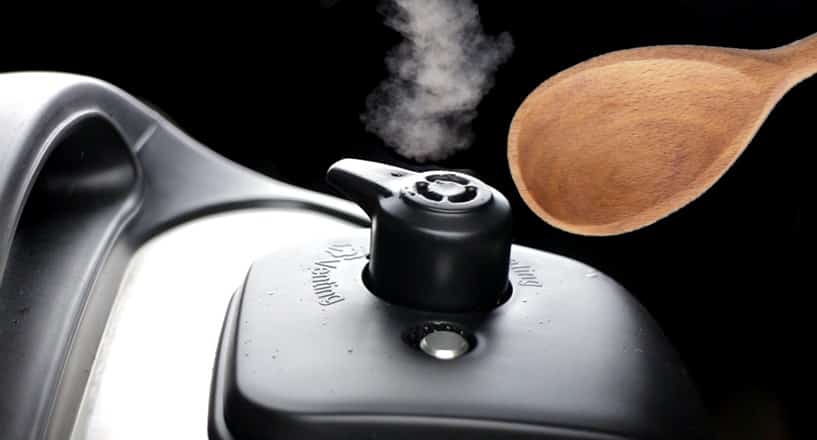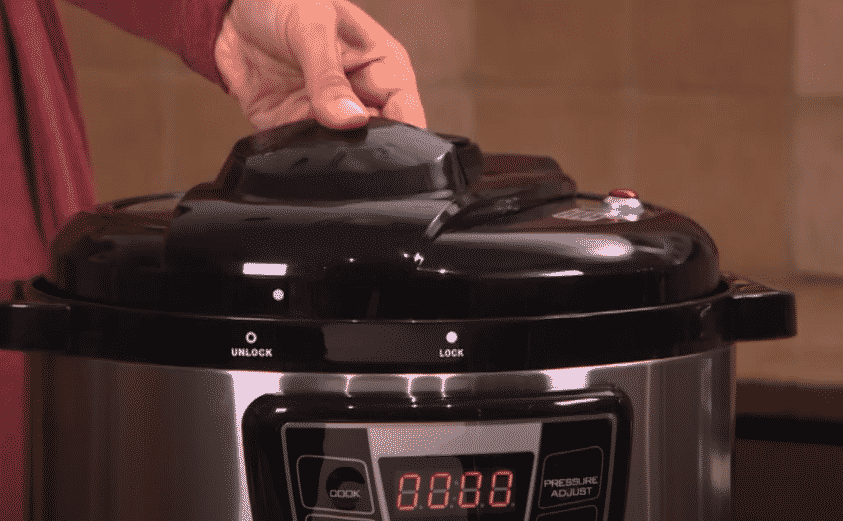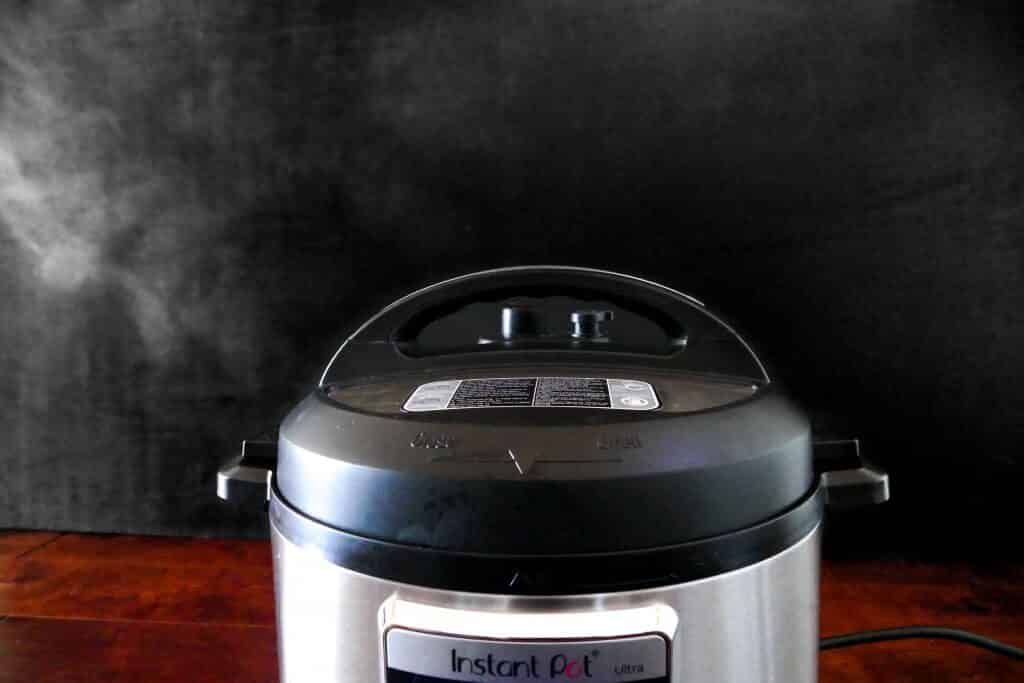
Pressure cooking is much safer than it was in our grandmother’s day. With the advent of modern safety features, silicone seals, and pressure release valves, there is no longer any reason to fear these wonderful time and labor-saving kitchen appliances.
Pressure cookers (as the name suggests) work by heating and pressurizing the liquid inside the pot. This creates steam under pressure, which in turn increases the cooking temperature to over 100 degrees Celcius (boiling point).
Because of this, food cooks at a faster rate than it does with conventional cooking methods. Sometimes, you will want to check on the food halfway through the cooking process.
Perhaps you have set the timer for longer than necessary or maybe you think the food is done. Maybe you want to add some extra ingredients towards the end of the cooking time.
Whatever your reason for needing to open the lid, you will need to release the pressure safely from the pressure cooker before you open the lid.
There will also be occasions when you come to the end of the cooking time and want to check on or serve the food immediately without waiting for it to cool and for the pressure to come down on its own.
The question is, for whatever reason, how do you release pressure from your pressure cooker when it is convenient?
There are two methods and we will examine them both here.
How NOT to release the pressure from a pressure cooker
NEVER try to release the pressure by opening the lid. While it will probably be impossible to do so due to the built-in safety locks on the appliance, you must never even try.
If you did manage to open it, a large amount of steam and food under pressure would be released all at once, resulting in severe burns and a nasty accident. Instead, the pressure must be released safely and in a controlled manner.
How To Release Pressure From Pressure Cooker?
1. Shift to the venting position and perform a QUICK MANUAL RELEASE
All pressure cooker models have a safety valve on the lid that can be switched over either to a sealed or a venting position. When cooking under pressure, the valve is sealed, allowing steam to build up inside the pot.
If the pressure becomes too high, this valve will automatically release small puffs of steam to control it.
To release pressure from your pressure cooker quickly, you can manually shift this valve to the vent position. Here’s how:
- Switch the cooker off to prevent further heating and pressure build-up.
- Using an insulated hand (use an oven glove or wrap your hand in a dish towel) or the handle of your wooden spoon, push the valve over from the sealed position to the venting position. In most pressure cooker models, this will involve shifting the valve down toward you. Stand back so that the steam does not go in your face.
- The steam will shoot through the valve quite quickly for a minute or two until it has all been expelled from the pressure cooker. The red or silver button (float valve) on the lid will drop, showing that the pressure is now at normal atmospheric levels. The cooker is now safe to open.
- Open the lid away from you to prevent steam from getting in your face.
- Set the lid down safely and check the food. If it requires further cooking, put the lid back on and reset the timer. Remember to switch the valve back to sealed mode to continue cooking.
2. Leave the valve in the sealed position at the end of the cooking period and allow the pressure cooker to NATURAL RELEASE its pressure.
- This natural release method takes longer but does not require any intervention from you.
- Simply allow the pressure cooker to come to the end of its cycle. It will switch over into “keep warm” mode and the pressure will come down on its own because the contents are no longer being heated to high temperatures. After a while, the red or silver float valve will drop, indicating that all the pressure has dropped and that the lid is now safe to open.
- This is the slowest method of releasing pressure from your pressure cooker and can take anywhere from ten to forty-five minutes. The time taken will depend on the amount of food inside, the type of food, and how dense it is.
Which method is the best for releasing pressure?
Both methods have their merits. The one you use will depend on what type of food you are cooking and how much of a hurry you are in.
However, there is a rule of thumb that may help you decide. Delicate foods like fish and chicken that suffer from overcooking should be quick-released. Foods like beans or grains that soften further from absorbing more water as they stand can be naturally released.
Also, tough cuts of meat that you would normally use long, slow cooking methods on can be naturally released from the pressure as they will continue to soften and tenderize during the waiting time.
Manual release is not recommended if the pot is quite full and you are cooking very liquid foods like soup. This is because rapidly releasing the pressure can cause liquid to be expelled through the valve, resulting in a mess.
Remember to always clean the valve when washing your pressure cooker to prevent it from getting blocked. A small brush is helpful here.
To conclude
We hope you now understand the two pressure release mechanisms available to you for your pressure cooker. Rest assured, modern pressure cooking is safe, economical, and simple once you have mastered a few basic principles.
The safety locks on the pot will not allow you to open the pot lid before the pressure has been released, so you can relax and enjoy cooking delicious meals in your appliance!

